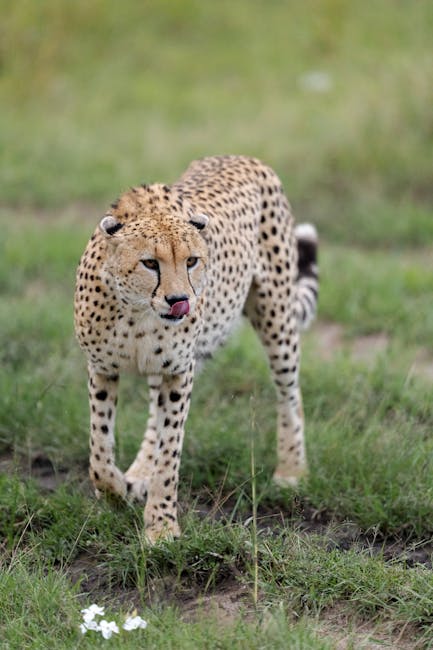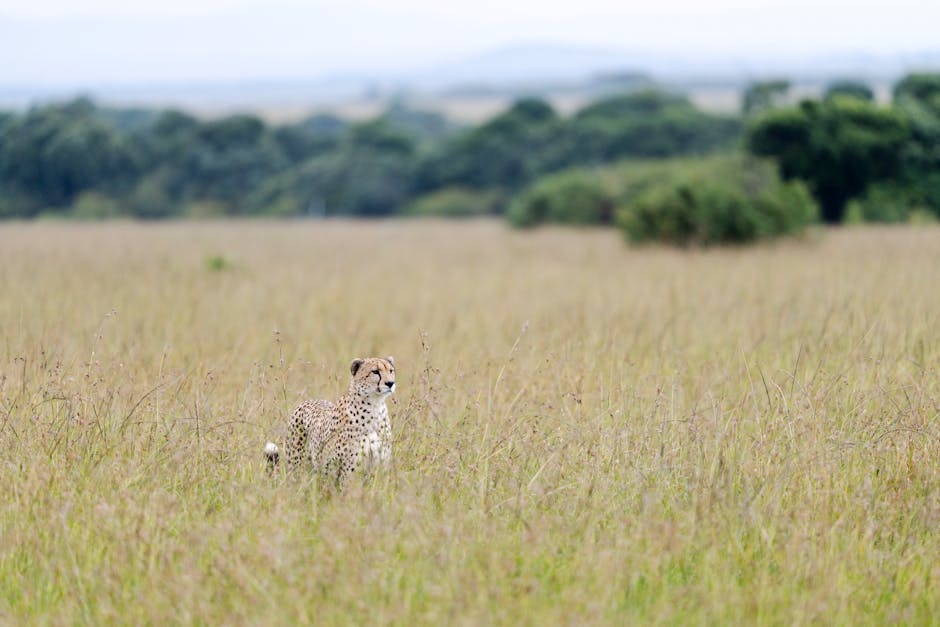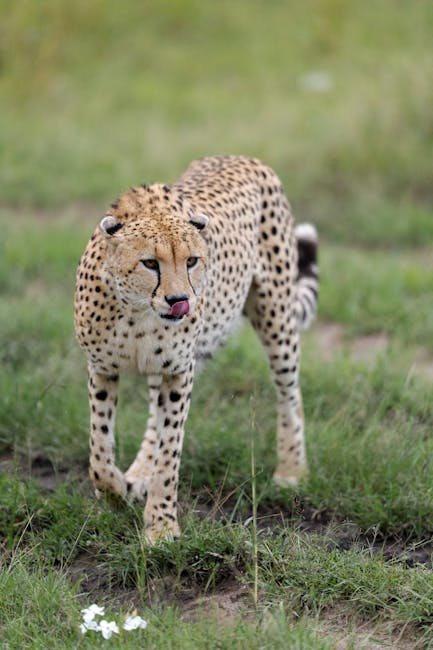Cheetah Top Speed: Unpacking the Fastest Land Animal’s Incredible Velocity
The cheetah, Acinonyx jubatus, is renowned globally as the fastest land animal. Its breathtaking speed, a spectacle of nature’s engineering, has captivated scientists and enthusiasts alike for centuries. But what exactly constitutes a cheetah’s top speed, and what factors contribute to this astonishing feat of athleticism? This article delves deep into the science behind the cheetah’s incredible velocity, exploring its physical adaptations, hunting strategies, and the ongoing research surrounding this magnificent creature.
Reaching Peak Velocity: The Numbers Behind the Speed
While the exact top speed of a cheetah is subject to some variation depending on factors like terrain, age, and individual fitness, the generally accepted figure hovers around 70-75 miles per hour (110-120 kilometers per hour). This speed is not sustained for long distances; cheetahs typically reach their peak velocity in short bursts of around 300-500 meters during a hunt. The acceleration, however, is equally impressive, reaching speeds of up to 60 mph in just three seconds – a remarkable feat of power and agility.

Comparing Cheetah Speed to Other Animals
To truly appreciate the cheetah’s speed, it’s helpful to compare it to other fast land animals. While the pronghorn antelope can reach speeds of up to 60 mph, it lacks the cheetah’s explosive acceleration. Similarly, the Thomson’s gazelle, a frequent prey of the cheetah, can achieve speeds of up to 50 mph, but is ultimately outmatched by the cheetah’s superior quickness and agility.
- Cheetah: 70-75 mph (110-120 km/h)
- Pronghorn Antelope: 60 mph (97 km/h)
- Thomson’s Gazelle: 50 mph (80 km/h)
- Wildebeest: 50 mph (80 km/h)
- Lion: 50 mph (80 km/h) (short bursts)
The Anatomy of Speed: Physical Adaptations for Velocity
The cheetah’s exceptional speed isn’t merely a matter of chance; it’s a result of a remarkable suite of physical adaptations honed over millions of years of evolution. These adaptations work in concert to allow the cheetah to accelerate quickly, maintain high speeds, and navigate sharp turns with surprising ease.
Lightweight and Lean Body Structure
Cheetahs possess a slender, lightweight build, minimizing drag and maximizing efficiency. Their long, thin legs and flexible spine allow for an extended stride length, contributing significantly to their high speed. Their small head also reduces air resistance.
Powerful Muscles and Flexible Spine
Their leg muscles, particularly the gastrocnemius (calf muscle), are incredibly powerful, propelling them forward with immense force. The flexible spine further enhances their stride length, acting like a whip, increasing the power of each step.
Semi-Retractible Claws and Specialized Paws
Unlike most cats, cheetahs possess semi-retractable claws, providing superior traction on the ground, especially during sharp turns and sudden stops. Their paws are also uniquely adapted, with large, non-retractable claws that increase grip on soft surfaces. These specialized paws are essential for maintaining stability and preventing slippage at high speeds.

Large Heart and Lung Capacity
To fuel its incredible speed, a cheetah needs a robust cardiovascular system. Cheetahs have a large heart and lungs, enabling efficient oxygen uptake and delivery to the muscles, vital for sustaining high-intensity sprints.
Hunting Strategies: Utilizing Top Speed for Success
The cheetah’s extraordinary speed is not merely a display of athletic prowess; it’s a crucial element of its hunting strategy. Their primary hunting technique involves short, high-speed chases, often targeting smaller, swift ungulates like gazelles and impalas.
The Chase: A Sprint for Survival
A successful cheetah hunt typically begins with a stealthy approach, followed by an explosive burst of speed. The cheetah’s acceleration is key to catching its prey off guard, initiating the chase with a significant head start. During the chase, the cheetah maintains its high speed for a relatively short distance, aiming to tire out or outmaneuver its target.
The Capture: Precision and Agility
Once the cheetah reaches its prey, it relies on its agility and precision to bring the animal down. It uses its sharp claws and teeth to subdue its quarry, often targeting the throat to swiftly end the chase. The chase itself is incredibly demanding, and it’s not uncommon for cheetahs to fail in their hunts due to exhaustion or the prey’s ability to escape.
Threats to Cheetah Speed and Conservation Efforts
Despite their remarkable adaptations, cheetahs face numerous threats in the wild, including habitat loss, human conflict, and poaching. These threats not only reduce cheetah populations but also impact their ability to maintain optimal speed and hunting success. Habitat fragmentation can limit the space available for high-speed chases, leading to reduced hunting efficiency.
Impact of Habitat Loss and Fragmentation
The loss and fragmentation of their natural habitats reduces the space for successful hunting and can lead to increased competition for prey. Limited space for running can also impede the ability of cheetahs to develop and maintain their peak speed.
Human-Wildlife Conflict and Poaching
Human-wildlife conflict, particularly involving livestock predation, can result in the killing of cheetahs by farmers. Poaching, driven by demand for cheetah parts in illegal wildlife trade, also poses a significant threat.

Conservation Efforts
Various conservation efforts aim to protect cheetahs and their habitats, including anti-poaching initiatives, community engagement programs, and habitat restoration projects. Understanding and preserving the factors that contribute to the cheetah’s incredible speed is integral to ensuring the survival of this magnificent species. Further research into their physiology and behavior is crucial in informing effective conservation strategies.

